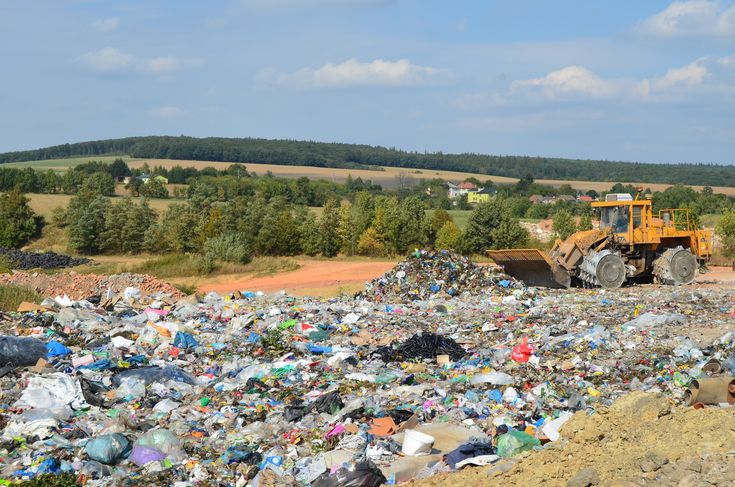The Role of Final Sinks in the Circular Economy – moving from landfills to safe, final disposal of non-recyclable and potentially impairing materials
SUPERVISOR: Marion HUBER-HUMER
PROJECT ASSIGNED TO: Romana KOPECKÁ
The rapid evolution of lifestyle is connected to an increase in waste production and subsequently to the development of technologies and approaches in waste management. From a global perspective, landfilling is a widely used practice until the present days; however, being the least preferable option according to the EU’s waste hierarchy due to loss of resources and emissions associated with landfilling of waste. In 2019, the mean amount of municipal solid waste landfilled in the European Union was 22.6%, with a great heterogeneity among the different member states (European Commission, 2020). According to the EU-Landfill Directive, landfilling of municipal waste has to be limited to 10% and less by 2035 (European Commission, 2023). Among other goals, landfilling of waste suitable for recycling or other material or energy recovery from 2030 will be restricted (European Commission, 2023).
Waste management sector has to be prepared to manage waste that will be deflected from landfills – i.e., to find new ways of final disposal for non-recyclable and potentially impairing materials, which are still part of our daily used products as well as in sector-specific applications (e.g., in the medical or energy sector). Such materials must be removed from the anthropogenic cycles and require safe disposal, especially in circular economy to ensure clean material cycles. Future-oriented concepts for final sinks must be found and designed in such a way that they do not pose a danger to humans and the environment in the long term.
As a first step, the concept of “final sinks” has to be defined considering already described approaches in the literature on the one hand, and with respect to future needs and requirements within a circular economy on the other hand, e.g., based on natural processes for the deposition of certain elements in ecosystems, which could be used as analogies for the final or temporary storage of waste materials in the anthroposphere. Furthermore, non-hazardous waste that is still landfilled today must be reintroduced into the anthropogenic or natural cycles. The way to a successful accomplishment of this is through creating new pathways, and technical, organisational and societal approaches after a thorough study of the existing literature. A particular case study, which is currently a big challenge on a global perspective, will be the transformation of the existing, huge and strongly emitting open dumps in low-income countries into controlled sanitary landfills with reduced environmental and human risk. For this transformation, an inter- and strongly transdisciplinary approach is needed. These issues and tasks, among others, are the scope of this PhD-project which will consider all, the local (Austrian), European and also global situation.
The prospects of future landfilling pose many questions and this project aims to answer some of them. Some ideas about the future landfilling and final sinks are available but an important question that has to be asked is whether the current and planned measures will be sufficient towards sustainable future and towards meeting the Sustainable Development Goals by the United Nations. This project aims to contribute to science by creating an overview regarding not only the role and technical development of future landfills, but also addressing future waste and material streams in circular economy.
Sources
1. European Comission. Strategic Plan 2020-2024. (2020).
2. Landfill waste. environment.ec.europa.eu/topics/waste-and-recycling/landfill-waste_en (2023).

Figure 1: Landfill of municipal solid waste (Kopecká 2015)
